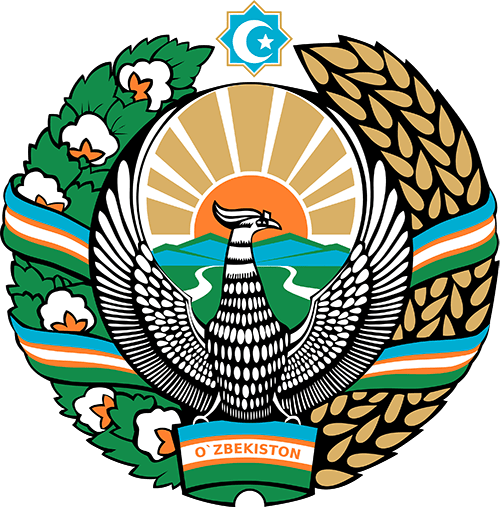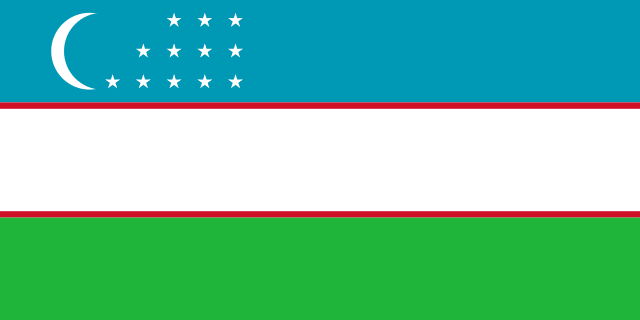ОБМЕН МИКРОЭЛЕМЕНТОВ ПРИ МОЧЕКАМЕННОЙ БОЛЕЗНИ У ДЕТЕЙ
К.А. Дехканов, Ташкентский педиатрический медицинский институт,
Ш.М. Ахмедов, Ташкентский педиатрический медицинский институт,
Л.М. Шагиязова, Ташкентский педиатрический медицинский институт,
Резюме
В статье приведены результаты исследования 150 детей от 3 до 14 лет с мочекаменной болезнью с осложненными инфекциями мочевыводящих путей.
Проанализированы два основных варианта течения болезни до и после оперативного удаления конкрементов из мочевыводящих путей на фоне традиционного и комплексного метаболитно-диетического способа лечения, который разработан авторами.
На основании проведённых клинико-лабораторных исследований сделан вывод, что в основе нарушения обменных процессов лежит не только дисбаланс микроэлементов. Неэффективность или высокий рецидив заболевания после проведенной традиционной терапии до и после операции является следствием недостаточности комплексного подхода коррекции не только макроэргических компонентов, но и внутри клеточного обменного процесса при данной болезни.
Предложенный авторами метод терапии до и после операции приводит коррекции обменного процесса в организме в целом. В основе метода лежит применение, так называемых клещневых соединений микроэлементов, к которым относятся природные комплексообразователи аминокислоты, витамины.
Ключевые слова: микроэлементов в норме и при мочекаменной болезни у детей, клещневые соединений микроэлементов, природные комплексообразователи аминокислоты, витамины.
Первая страница
61
Последняя страница
69
Для цитирования
К.А. Дехканов, Ш.М. Ахмедов, Л.М. Шагиязова, ОБМЕН МИКРОЭЛЕМЕНТОВ ПРИ МОЧЕКАМЕННОЙ БОЛЕЗНИ У ДЕТЕЙ // Евразийский вестник педиатрии. — 2021; 4 (11): 61-69.
Литература
- 1. Beknazarov J. Impaired metabolism of some trace elements and their dynamics in the surgical treatment of children with urolithiasis // Abstract of the thesis for the degree of candidate of medical sciences. Leningrad, 1985. — 16 p.
- 2. Bryukhanov VM, Zverev Ya.F., Lamnatov VV, Zharikov A.Yu. Methodological approaches to the study of kidney function in an experiment on animals // Nephrology, 2009. Volume 13. №3. — S. 52-62.
- 3. Gres A.A., Voshula V.I., Rybina I.L., Shloma L.P. Urolithiasis: experience of application and effectiveness of rosifron // Scientific and practical dossier. Issue No. 1 2012. Tashkent — 0.2-1.
- 4. Dekhkanov K.A. The value of the body’s provision with some vitamins and microelements in the pathogenesis and treatment of obstructive pyelonephritis in children // Abstract of the thesis for the degree of candidate of medical sciences. Almaty, 1994. — 26 p.
- 5. Dekhkanov K.A., Akhmedov Sh.M., Utegenov N.U., Shagiyazova L.M. Infectious factors against the background of obstructive uropathy causing the development of urolithiasis in children. Tibbiyotda Yangi Kun 3 (23) 2018. 25-30 s.
- 6. Kolpakov I.S. Urolithiasis disease. Moscow «ACADEMIA», 2006. -224 p.
- 7. Konstantinova O.V., Yanenko O.K. Predicting changes in the chemical form of urolithiasis // Urology, 2011.-№2 –S.19-23.
- 8. Krikun A.S. Kidney stone disease. Kiev, 2009.- 500 p.
- 9. Lagutina L.E., Utts I.A. //Pediatrics. — 1991. — No. 7.-P.96-100.
- 10. Levitsky D.O. Calcium and biological membranes. / M. Medicine, 1990.- 124 p.
- 11. Lopatkin N.A., Chudnovskaya M.V., Mazo E.B. and other Views on the etiology and conservative treatment of urolithiasis / In the book: Urolithiasis. Chelyabinsk, 1980.-P.6-8.
- 12. Makarova T.P., Maltsev SV., Agafanova E.V., Valiev B.C. Impaired zinc metabolism in various types of nephropathy in children // Pediatrics, 2005. — №4. — P.34-38.
- 13. Nurmukhamedov K.N., Utegenov N.U., Ionina M.G. The spectrum of amino acids and its correction in children with multiple kidney stones // Actual problems of nutrition and problems of alimentary-dependent diseases in the Republics of Central Asia and Kazakhstan / Materials of scientific and practical conference. Karshi, 1990-P.72-75.
- 14. Pavlov SB. Disorders of copper and zinc metabolism in patients with chronic pyelonephritis with the development of nephrosclerosis and renal failure // Urology and Nephrology, 1998. -№1.-P.7-9.
- 15. Pulatov A.T. Nephrolptiasis in children. — / M. Medicine, 1990.-241 p.
- 16. Rumyantseva S.A., Kravchuk L.D., Silina E.V. Antioxidants in the treatment of cerebrovascular diseases // Attending physician. 2006. — No. 5. — S. 39-43.
- 17. Skalny A.V., Kudrin L.V. Radiation, trace elements, antioxidants and immunity (trace elements and antioxidants in restoring the health of the liquidators of the Chernobyl accident). / M. Medicine, 2001.-422 p.
- 18. Spasov A.A., Iezhitsa I.N., Kharitonova M.B., Kravchenko M.C. Experimental substantiation of the effectiveness of magnesium salts in the correction of experimental calcium-phosphate nephrolithiasis // Nephrology, 2008. Vol. 12. — No. 2. — P.72-84.
- 19. Spasov A.A., Iezhitsa I.N., Kharitonova M.V., Kravchenko M.C. Influence of magnesium salts and their combinations with vitamin B6 on oxalate crystalluria arising in conditions of alimentary pyridoxine deficiency // Urology, 2009. — №23. — P.22-25.
- 20. Sulaimanov A.S., Utegenov N.U., Beknazarov Zh.B. et al. The state of protein-microelement metabolism in calculous pyelonephritis in children // Actual problems of nutrition and problems of alimentary-dependent diseases in the Republics of Central Asia and Kazakhstan. Metr. Scientific and practical conference. — Karshi, 1990. -С.184-186.
Статья доступна ниже:



